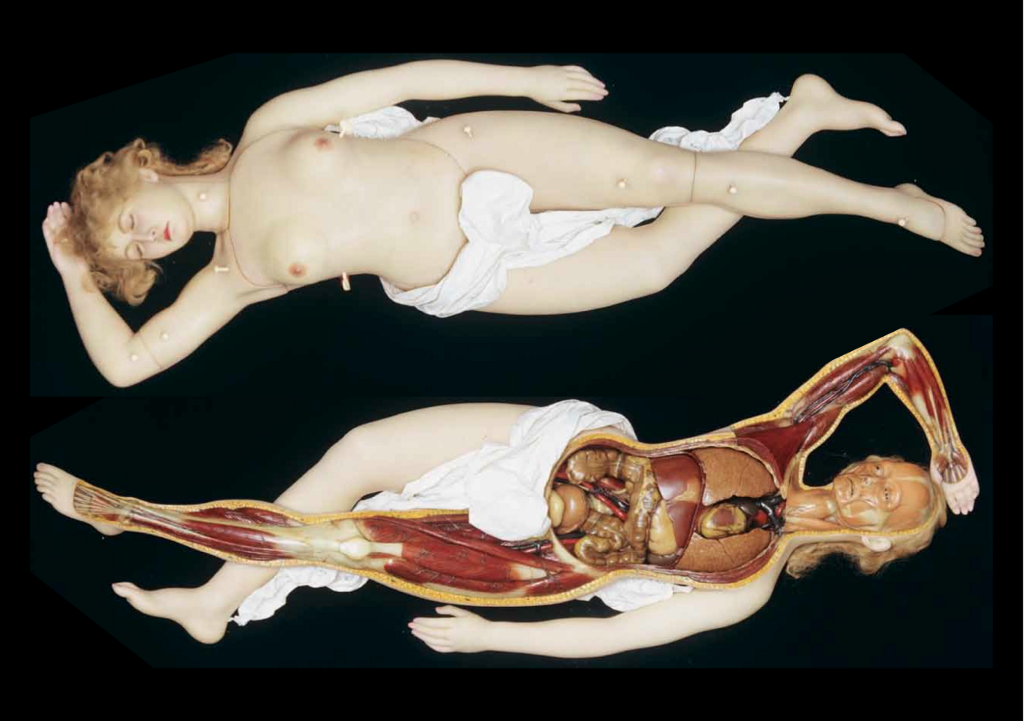The Catholic Church Made Freaky Statues To Teach People About Sex
by duke_harten, 8 years ago |
3 min read
Okay, they were meant to teach anatomy. But they were VERY sexy.
Eighteenth-century Europe was no picnic. Science was in its infancy, and medical expertise — when available — was often incomplete or outright wrong. When a doctor couldn’t be found, local “healers” treated illness, often with ineffectual combinations of herbs and spell-casting. Bad situation all around. Then, decked out in red undies and a cape, came the Catholic Church, a religious answer to petty human questions like “Why do we die?” and “What is this strange disease ravaging my family members’ bodies one by one until there’s nothing left except a foul and pestilent congregation of vapors?” In order to soothe man’s anxiety re: his own mortality (and thereby win man’s loyalty), the Church whipped up a scientific dream team to show the public what was what.An artist, an anatomist and a natural philosopher walk into a bar…
And build an anatomically-accurate wax figurine (over 200 parts!) for public viewing. The logic behind this commission? According to All Day’s Jennifer Wirth:The Church believed that if people understood their own anatomy, they would recognize God in their creation and be more inclined to follow the word of God.The artist responsible for the macabre statues was a fella named Clemente Michelangelo Susini, the Church’s head sculptor. He and anatomic modeler Giuseppe Ferrini collaborated on the first “Anatomical Venus” (the figures were so named for their tendency to depict beautiful — and sort of erotic — females), which was shown in a museum in Florence, Italy around 1773.

Anatomical Venus and her successors
Few of Susini and Ferrini’s wax statues were male, and those that were often depicted the “perfect” male body in a straightforward manner — stripped of its skin and lying flat. The female figures, on the other hand, were more lifelike. They wore expressions on their faces, they had realistic skin and their bodies were posed as if in the throes of childbirth or sexual ecstasy. (No surprise, then, that the Church recommended public viewings be segregated by gender.)Did it work?
The Church’s collaboration with science was, you might argue, not a fundamentally bad idea. Exploring the inner workings of the human form and teachings believers the truth of their own corporeal selves doesn’t sound like a terrible tack to take. But not much more than a century had elapsed after the Anatomical Venus’ unveiling before wax models lost their religious luster and grew a reputation as something more uncouth. Wirth writes:“Wax figurines became a prime marketing tool for those practicing quack medicine, and the medical establishment had to do everything in its power to distance itself from the slightly pornographic shows.”After that, the Church repurposed their Venuses as symbolic reminders of “the long-lost relationship between religion and science.” Uh-huh, right.
✕
Do not show me this again
